Quick & Fun Learning: Improve Literacy Skills with These 10 Games

What we learn with pleasure we never forget.
– Alfred Mercier
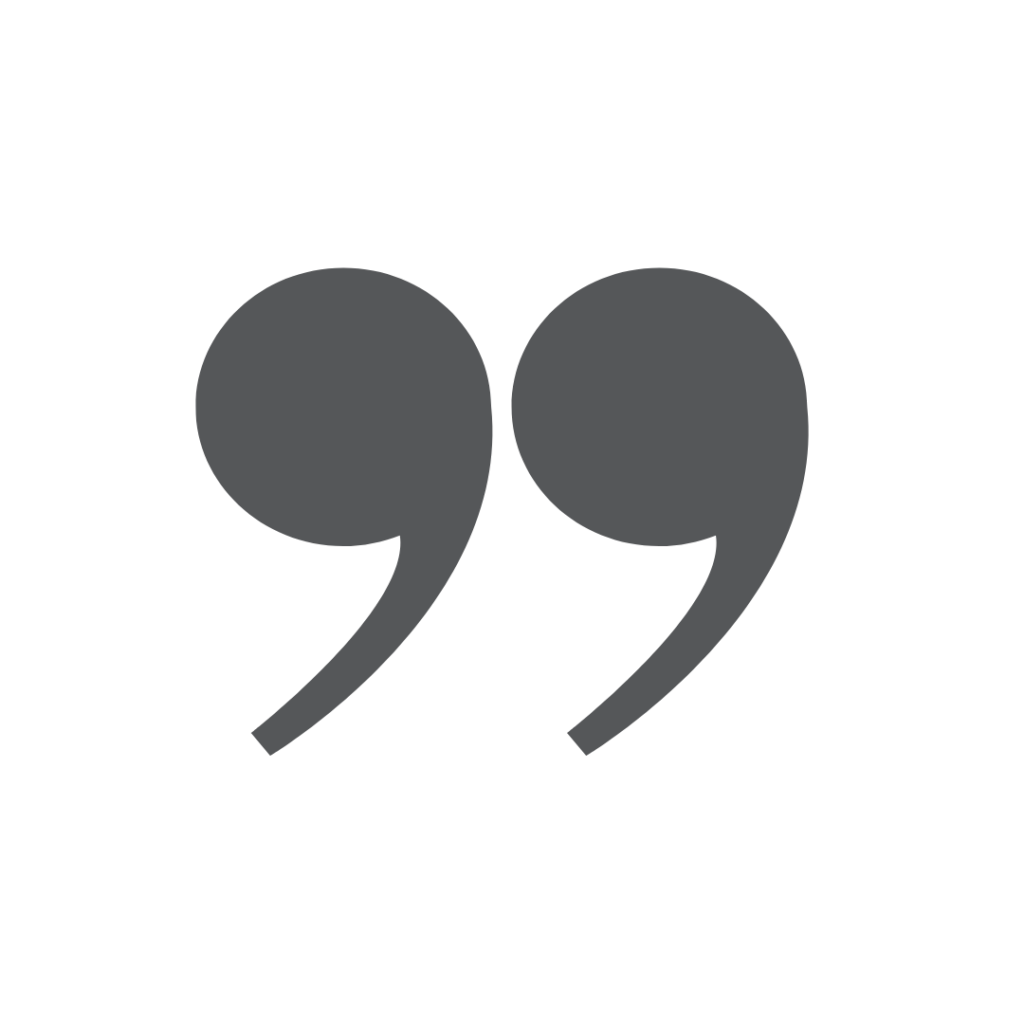
INTRO
These are some of the best writing games that require minimal or no setup time and are an excellent option for substitute teachers looking to quickly break the ice with students, or for English teachers seeking fresh ideas to brighten up their lessons.
OBJECTIVES
- Students develop literacy skills
- Students develop social interaction and game-play skills
Try these 10 great ideas to improve literacy skills in the classroom that are simple to play, and can be applied to nearly all year levels.
 Sentence Stretching
Sentence Stretching
Start with a short sentence or group of words. Pass it around to about 6 people, with the rule that each person must add (a word or a group of words) or change ONE word (to another word or a group of words) to make the sentence more specific and more interesting.
 Rebus Writing
Rebus Writing
Students write sentences or longer texts, and substitute drawings for the nouns.
 It’s in the Bag
It’s in the Bag
Place an object in a bag – make sure the students don’t see it. Students feel the object in the bag and use words to describe how it feels. Then, they take it out and add or alter their adjectives.
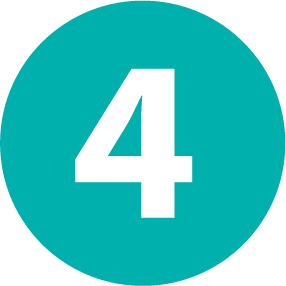 Touch and Tell
Touch and Tell
An object is passed around a group of students. Each student suggests an adjective to describe it.
Alternative
- Students provide an adjectival phrase or clause to describe the object.
 Verb Draw
Verb Draw
Students randomly select from a box a picture of an animal, person or objects that move. They brainstorm action verbs for the chosen object.
Alternatives
- The students can supply verbs and adverbs.
- They can supply adjectives or adjectival groups.
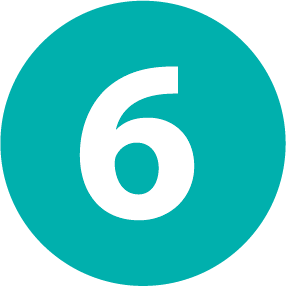 Hot Seat
Hot Seat
Read a narrative text together, and at a particular point stop and ask students to select a character and suggest, for example, what the character is doing, thinking, feeling (focus on processes).
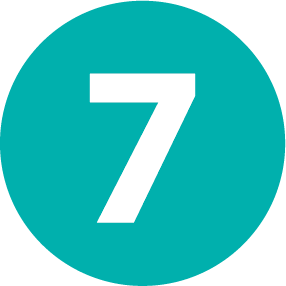 Change the Meaning With One Word
Change the Meaning With One Word
Students locate and change one word that will alter the meaning of the sentence. They share their alterations and discuss which part of speech was the most important in changing the meaning.
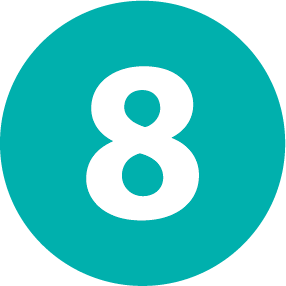 Locate and Classify
Locate and Classify
Read a text and ask students to write parts of speech on different colored cards: for example, nouns (red), adjectives (blue), and articles (orange). Rearrange words to create different noun groups. Students can also locate verbs (green) and adverbs (yellow). Rearrange all the words to create new sentences.
Alternative
- Students can locate adjectival phrases or clauses or adverbial phrases, and write these on other colored cards.
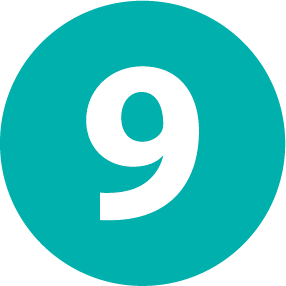 Grammar Toss – Sentence Making
Grammar Toss – Sentence Making
Using dice, each number is assigned a part of speech. Players must roll a 1 before they can begin. The winner is the first person to make a sentence that includes all of the following:
1. A group of words that tell what or who (singular)
2. A group of words that tell when
3. A verb in the past tense
4. An adverb telling how
5. A group of words telling where
They can then rearrange the sentence parts to see how many ways they can make another meaningful sentence.
Alternative
- Other parts of speech can be used for each number thrown.
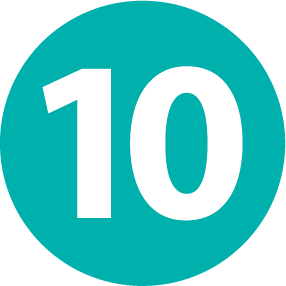 Toss and Write
Toss and Write
Prior to the activity, a cube is prepared. Upon each face of the cube is written a task that requires specific grammar knowledge. For example:
- Make a sentence
- Make a question
- Provide two adjectives
- Provide two verbs
- Create a noun group (eg article, adjective/s noun)
- Provide a noun and an adverb
Students select a subject (noun) from a tin. They throw the cube and whichever side of the cube faces up is the task they must attempt.






Responses